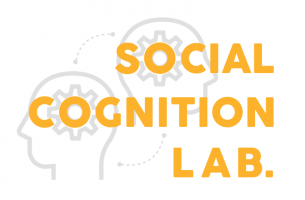What is the relation between social cognition and basic cognitive processes? We have explored this question in the domain of social judgments, categorization, and in general cognitive functioning (executive function).
Social Judgments. How do people use simple social cues, like mimicry, to form social judgments? Well, it is not that simple. Our studies show that inferences from mimicry take into account attitudes and mental states of all members of interacting parties. This leads to counterintuitive effects such as lower judgments of competence when a person mimics, as opposed to not mimic, an inappropriate model (Kavanagh, Suhler, Churchland, & Winkielman, 2011)
Accessibility, priming, and categorization. Information that comes to mind differs in accessibility but also in their categorical relationship to the target. I’ve explored how semantic categorization determines the judgmental impact of primed contextual information on social judgments. Our studies show that
judgmental assimilation and contrast effects can be systematically produced with subliminal and supraliminal primes by manipulating categorical relation, similarity, and distinctiveness of available information (Winkielman & Schwarz, in preparation;).
Communicative Intentions. I’ve explored how people’s judgments are determined by inferences about what the speaker means. Our studies show that such communicative inferences lead to different reports about emotional episodes, different emotion frequency reports, and different self-evaluations of emotionality (Winkielman, Knauper, & Schwarz, 1998).
Socializing and Mentalizing. I am interested in the reciprocal influence of social and cognitive processing. Our studies show that social interaction, when appropriately structured, can facilitate general cognitive functioning, as reflected on standard tests of mental capacity (Ybarra, Burnstein, Winkielman, Keller, Manis, Chan, & Rodriguez, 2008; Ybarra, Winkielman, Yeh, Burnstein, & Kavanagh, 2011; Ybarra & Winkielman, 2012).
